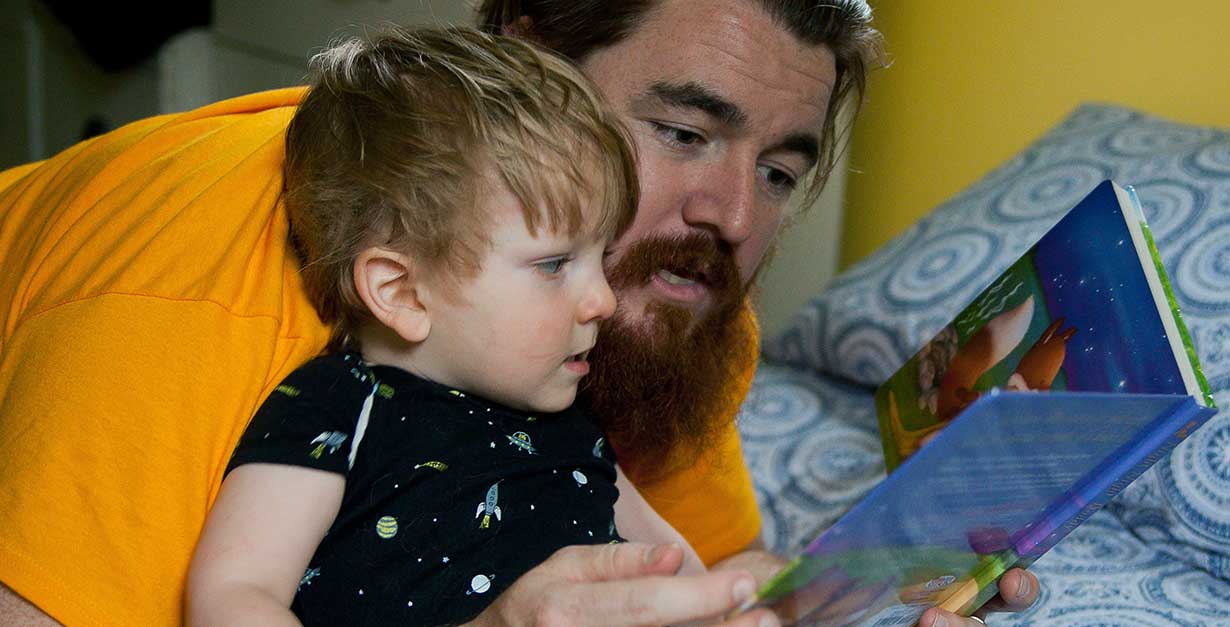Drop to One Nap — Is My Toddler Ready for a Single Nap?
A reader wrote in this question about her toddler who is about to drop to one nap per day.
“How do I know when my toddler is ready to drop to one nap a day? My 14 month old is fighting his second nap, often resulting in him missing it entirely. I have tried shortening his first nap so he would be tired for his second nap, but that didn’t work. I also tried pushing his first nap later and then hoping that he will nap for 3 hours and then just have one nap. This doesn’t always happen that he will sleep that long. Sometimes he is up for 6 hours before bedtime. Is that too long for a 14 month to go without sleep? I have bumped his bedtime up to 6 pm to account for this, but I don’t want his bedtime to be any earlier. Please help answer my toddler sleep question. Thank you.” April
 When is a Toddler Ready to Drop To One Nap?
When is a Toddler Ready to Drop To One Nap?
The average age to transition to one nap is between 15-18 months old. As you can see your son is a little younger than the average but it sounds like he does have a few of the signs of needing to transition to one nap.
Want to read more about naps?
Read: Nap Training: How to Get Good Naps for Good Nights
Toddlers are usually ready to drop to one nap in the morning by fifteen to eighteen months. A little earlier or a little later is normal, but be sure to watch your child, not the calendar. Especially watch for changes in your child’s morning nap patterns. It may take her longer to fall asleep, or she may wake up from the nap earlier. She may also sleep so long in the morning that she won’t nap in the afternoon, meaning you’ll have a very overtired toddler by bedtime.
Don’t mistake one abbreviated morning nap for the sign that your child’s ready for change. When the pattern becomes consistent, the time is right to begin the transition.
Struggling with short naps, no naps, or just wondering when to schedule naps?
We have you covered with Gentle Sleep Solutions, which will help you create a typical schedule based on age, and walk you through nap-training.

Signs Your Child is Ready to Drop to One Nap in the Morning:
- Your child is getting 11 hours of uninterrupted sleep at night
- He is taking longer and longer to fall asleep for the morning nap.
- Your child takes an increasingly shorter morning nap or too long of a morning nap and refuses an afternoon nap. In the end, you feel stuck in the “one nap is not enough and two is too many” phase
When you are ready to begin the transition, push your child’s morning nap a little later. Try delaying it until around 11:00am for two or three days. Then push it until 11:30am for a few days, then to noon, and so on. Your ultimate goal should be to have her asleep by 12:30pm or 1:00pm within 7-10 days.
Wondering more about schedules?
Read: Sample Schedules: Sleep and Naps From 6 Months to Preschool
Things to Remember about Dropping to One Nap
- Slowly push the morning nap later in 20 to 30 minute increments, until you reach 12:30 pm or 1:00 pm. Do this gradually (i.e. in small increments over 2-3 days) to avoid overtiredness or difficulty getting to sleep. This will be her only nap for the day, so try to resettle her back to sleep if the nap is too short.
- Bedtime will often need to be earlier during this transition – around 7:00 – 7:30 pm.
- It is best NOT to transition to one nap until your child is sleeping through the night fairly consistently or for at least 3 weeks.
- Be open to an occasional two-nap day.
- Remember, there is an art to sleeping! We must teach our children how to put themselves to sleep in order for them to recognize their own need for it later in life. It’s tempting to cut out a nap in a baby’s schedule for convenience, but remember, you both will pay the price later at bedtime! Take time to enjoy this small window of opportunity when you are offered two breaks in your busy day.
- It can be a great time to concentrate on yourself or have some special time with an older child!
Teaching your child to fall asleep on their own?
Read: Drowsy But Awake — The Cornerstone of Successful Sleep Training
So April, I recommend you move his nap to 12:30-1pm within a week. If he wakes cranky after an hour I would go to him, reassure him but tell him its not time to wake up. Try to resettle him for at least 30 minutes by doing checks from his door if need be. You are right that a wakeful window of 6 hours from nap to bedtime is too long for his age. You are ideally shooting for 4-5 hours (4 is better). He may need a 6:30pm bedtime for a short period as you work on this. I would be open to an occasional snooze in the car or stroller in the late afternoon during this transition.







